An oarfish discovered in Kaikōura.
This week I wrote a story about the discovery of a 3.6m oarfish struggling in the shallows at Aramoana on Monday afternoon.
Spoiler alert: it died.
That led to several other people contacting me about their oarsome discoveries.
One of those specimens was found dead at Taieri Mouth in January 2021, but the ever helpful Emma Burns, of Otago Museum, said it was likely a long finned or short finned eel.
Then another tip came from Bill van den Ende, a retired biology teacher.
He and his family were stopped at Oaro, south of Kaikōura, last Saturday when they spotted it on the beach.
“I saw this big shiny thing and thought, ‘hello, that is an oarfish’.”
He measured it using his 30cm long shoes to estimate it to be about 4m.
Birds had pecked some holes in its flesh and it had also lost an eye.
He rang the Department of Conservation, and a local ranger was sent to the scene, but not before van den Ende had moved it beyond the high tide mark.
“It was pretty solid.”
He had heard oarfish was not good eating and noted the flesh appeared gelatinous.
“It didn’t look appetising.”
Meanwhile, Tom Brock recalled working at a sawmill in Haast in the early 70s when an oarfish was found after a storm.
That oarfish measured 4.1m, but was quickly cooked and eaten by those in the single men quarters.
“It didn’t taste of much and was quite marshmallowy,” Brock said.
A search on Papers Past reveals other large oarfish discovered on the country’s coastline, including a 3.3m specimen on Le Bon’s Bay, near Akaroa, in 1963.
Meanwhile two years later, The Press newsroom received an “anxious call early last evening that a sea serpent with a horse's head and flowing red mane had been pulled from the sea at South Brighton”.
It was taken to a person’s garage on Pine Avenue via an extension ladder doubling as a stretcher.
It was there where the 3.3m specimen was identified as a juvenile oarfish.
“Only a pup,” someone said as he prodded the fish.
“Thank goodness for that,” said one of the boys who found the half dead ‘serpent’.
Nick Chisholm
You may recall a story I wrote for The Mish about Nick Chisholm, a Dunedin man with locked-in syndrome who was abandoned by his health care provider.
This was the opening line of that December story:
It can take Nick Chisholm two hours to compose a single email, but a health agency months to reply – if at all.
Well, it has also taken me four months to get an Official Information Act request released by ACC.
It makes for some sobering reading.
Chisholm was effectively dumped by HealthCare New Zealand, which had worked with him for two decades, citing difficulties in finding vaccinated staff.
He was not alone.
A November 12 email revealed an estimated 289 ACC clients could be impacted, and that would be “massive” if those clients had high needs.
It is important to note that Chisholm, a father with young triplets, received support at night from his wife, Nicola.
With Nicola increasingly busy with their children, two carers helped Chisholm in the mornings, and another two helped in the afternoon.
Two more carers assisted Chisholm when he went to the gym for three hours a day, five days a week, which was effectively his job, but all unpaid.
The ramifications of him losing that support was obvious.
“This is my battle,” Chisholm, who was diagnosed with locked-in syndrome after suffering a stroke in 2000, told me via his communication board.
Locked-in syndrome is a rare neurological disorder characterised by complete paralysis of voluntary muscles, except for those that control the eyes.
The document dump reveals ACC set-up a ‘war room’ over vaccine mandates and the impact that had on health care suppliers and their clients.
A senior manager wrote in an email that it was unclear whether they would get a ‘last minute stay of execution’ as they scrambled to get clear information.
A November 29 email told ACC staff that a number of clients who received care hours from NZ Health Group (NZHG) may no longer be fully supported due to the Covid-19 Vaccination Mandate order for health workers.
NZHG employs between 10,500-11,000 individual staff at any one time (the largest non-registered health professional mobile workforce in the country).
They started with an unverified 60% vaccinated workforce, but had a 94.6% verified vaccinated workforce by late November.
Some 55 staff resigned/exited by late November due to the mandate, and some 700 staff were estimated to be stood down over the mandate, impacting about 3500 clients nationwide, an email summary said.
ACC clients assessed as being at high risk were contacted, and alternative care organised.
Emails revealed that NZHG had hundreds of unvaccinated staff, impacting dozens of clients. One email said: “Information supplied by NZHG indicated that 14,592 hours could not be provided over a 31 day period (15 Nov to 15 Dec).”
“This equates to around 3295 hours per week, or around 16% of all the care hours ACC funds per week.”
The ensuing stand-off escalated on November 19, with an email revealing NZHG had called in lawyers to progress their issues with the Ministry of Health.
“The crux of it is that NZHG have stated that if the exemption is not extended, 3000-4000 of their clients will no longer be able to be cared for in the community and hence require admission to our public hospitals.”
NZHG gave a deadline, and ‘‘we will watch that one with interest’’, the email from ACC said.
Later that same day an email noted NZHG had applied for vaccine mandate exemptions, while supplying ACC with an updated list of clients possibly affected.
The DHBs with the highest number of impacted clients were Canterbury (21), Hawkes Bay/Waikato (16 each), Southern (13) and BOP/Midcentral/Taranaki (11 each).
On November 22, a senior ACC manager noted the “struggle to get good client level data from our suppliers continues – this hinders our ability to understand the impact and plan our response”.
Meanwhile NZHG was granted an exemption until November 29.
An update of the numbers included 408 claims identified by NZHG as being affected, of which 215 claims had serious injury profiles.
It comes as DHB managers later expressed concern ACC wasn’t doing enough.
And by November 26 another update of numbers showed: “While we still have serious risk in this space, it is so far so good.”
I wish Nick all the best, and I’ll keep a watch on any developments.
ICYMI I wrote an update on a chef causing a few issues around Dunedin. Turns out his family was granted a [final] protection order against him.
I’ve had numerous updates from various contacts, so watch this space.
And keep an eye for a story about a rather famous person spotted in Dunedin late last week.
No clues.
OK, maybe one. He was spotted dancing in this.
It is a big week for our beloved George St, with the Farmers block road access closed for upgrades.
Those lamenting the loss of car parks could note that a park was used up on Princes St for a sign noting the closure, despite not getting the benefit of an upgrade.
#JusticeforPrincesSt
Work on the Farmers block is due to be completed in October.
My Tweet of the Week goes to this blast from our murky past:

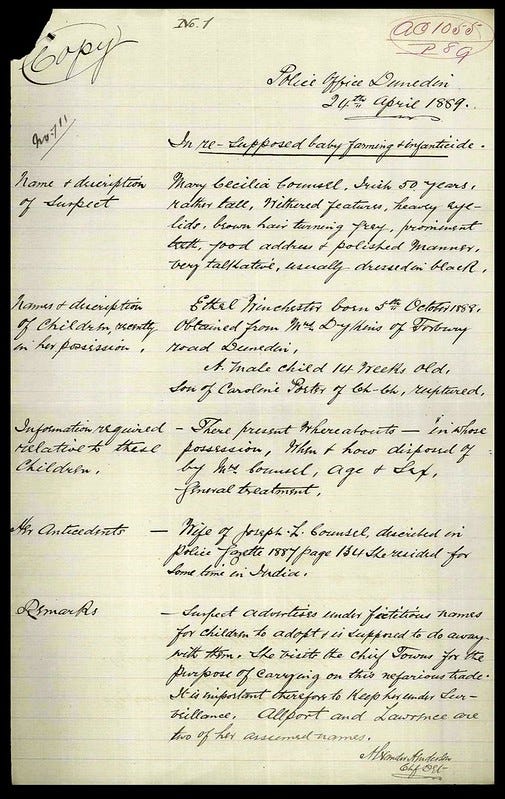
Nice to hear that First Church will be part of a new look Dunedin Midwinter Carnival event, which will take place over two nights, 8-9 July.
The Church bell ringing group and Samoan congregation has been invited to feature
in the event along with giant lantern installations and projections on the side of the building.
The event will coincide with the All Blacks vs Ireland test match.
To manage the event the organisers are looking at ticketing. Stay tuned for more details.
Here is a (rough) video I made a few years ago.
Also, Tūhura Otago Museum is holding a new exhibition on genomics, which opens on Monday, May 2.
The exhibition promises an ‘incredible examples of research in digital displays and augmented reality’.
Sounds cool.
Have a great week.




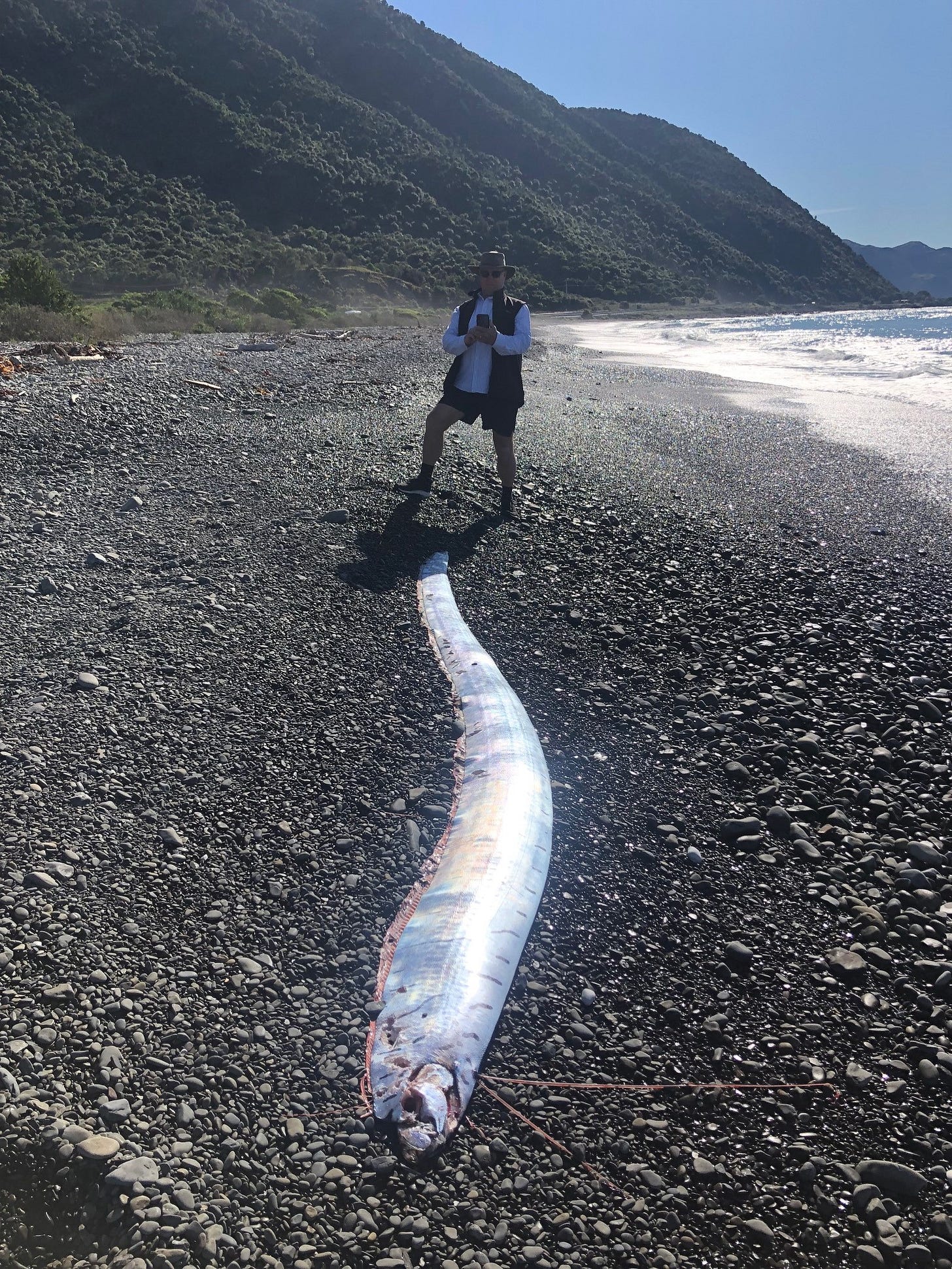

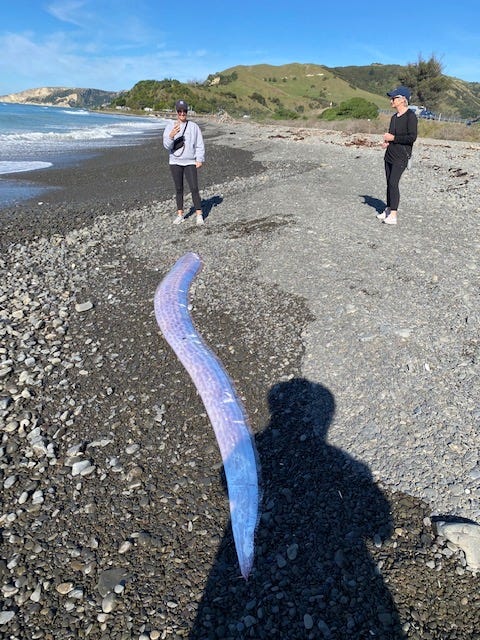
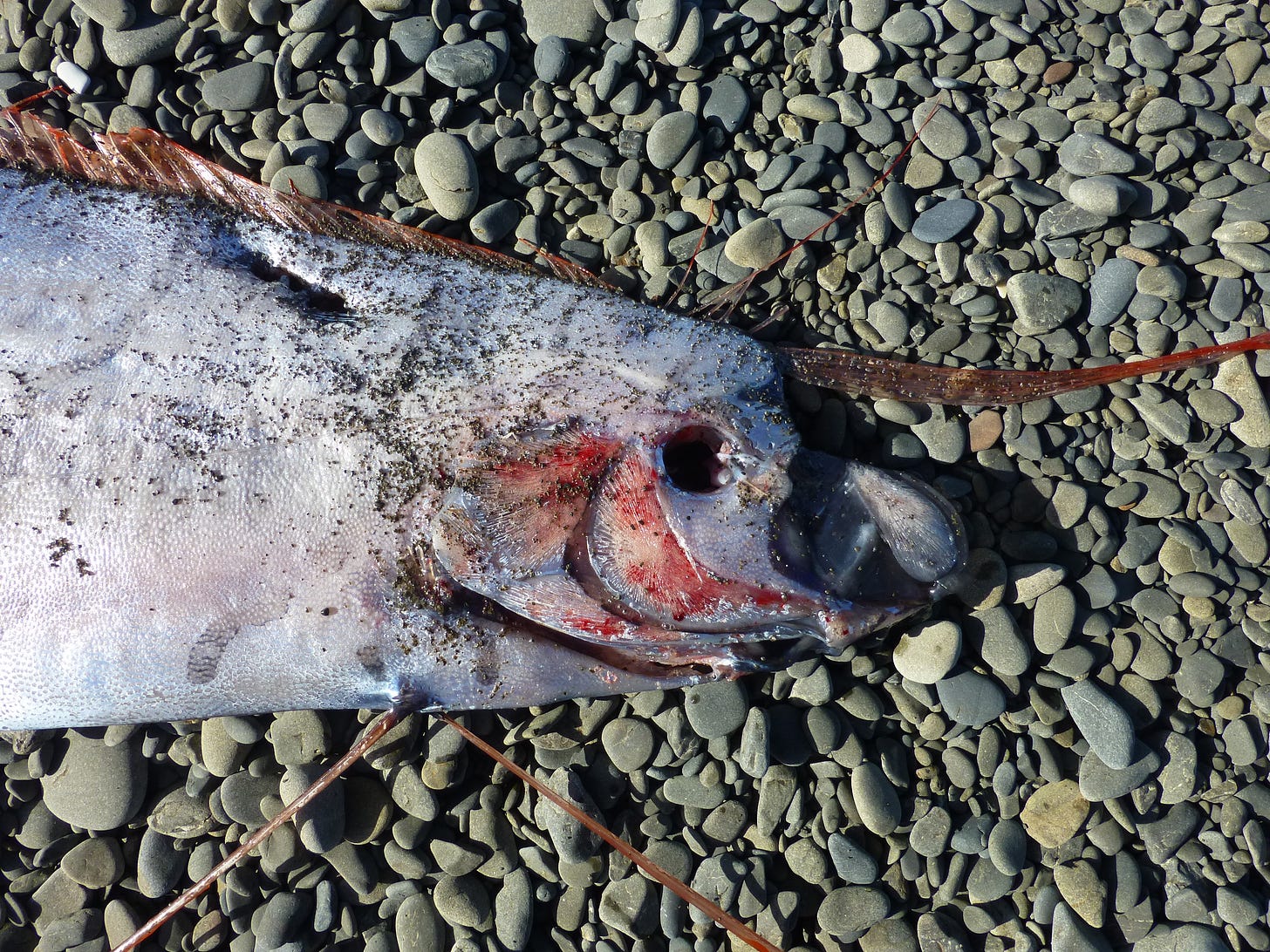
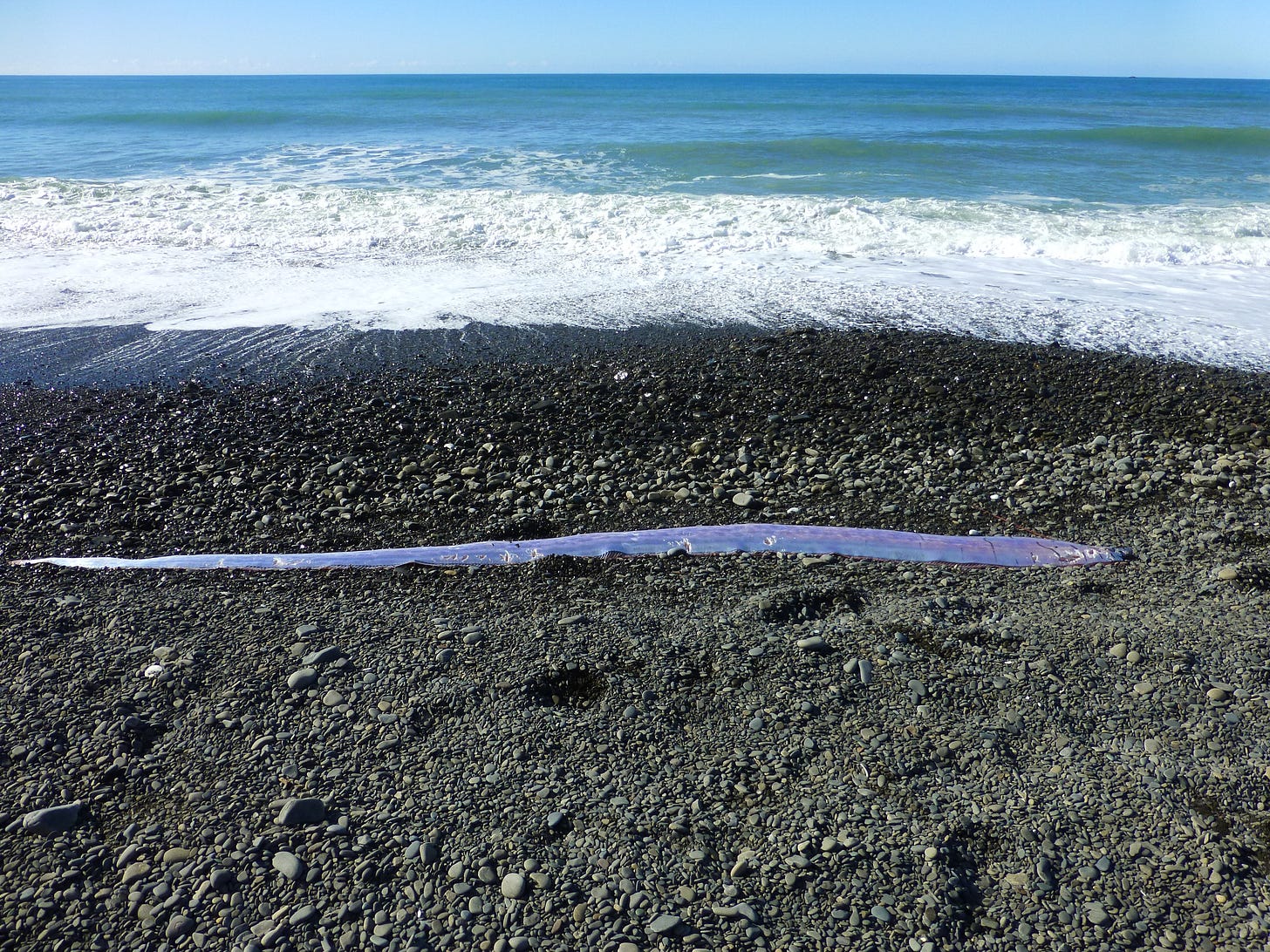
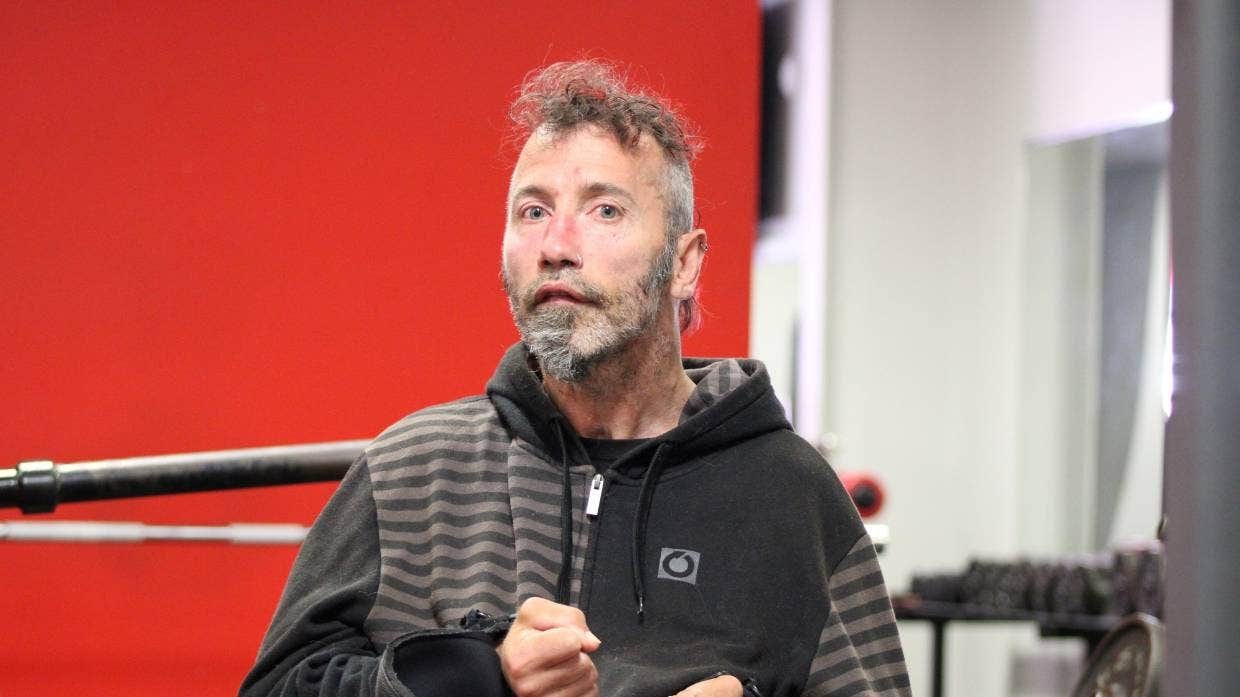
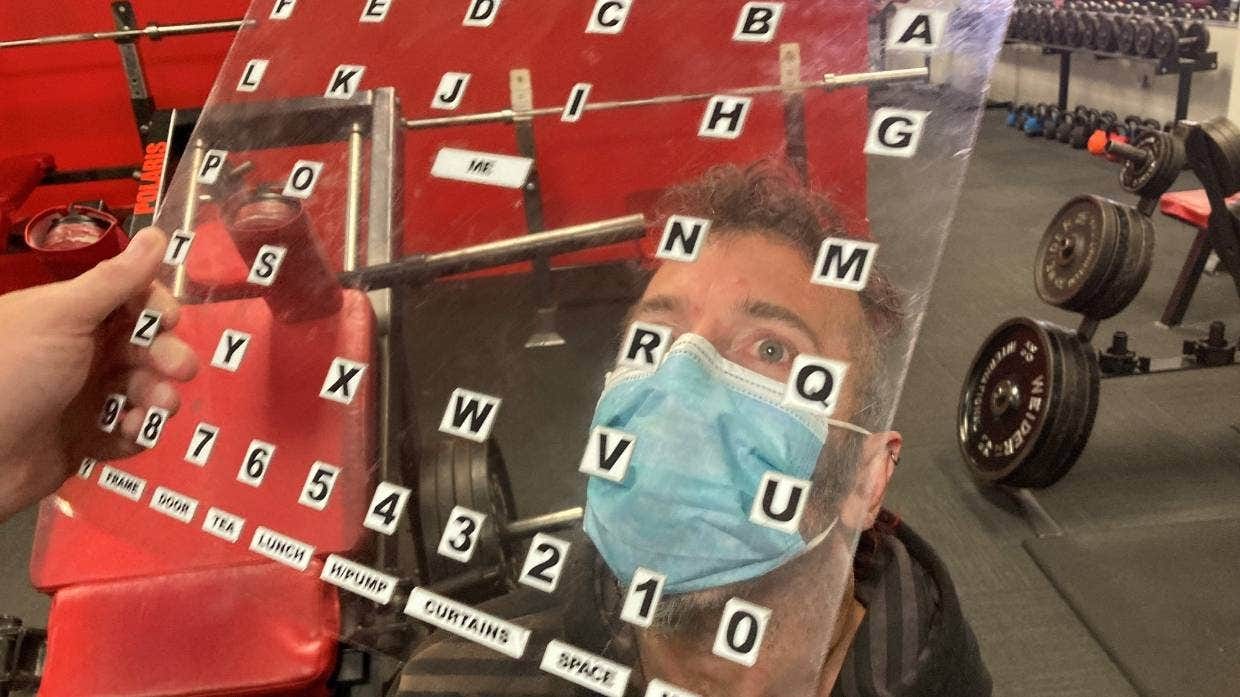


Still no Elton John